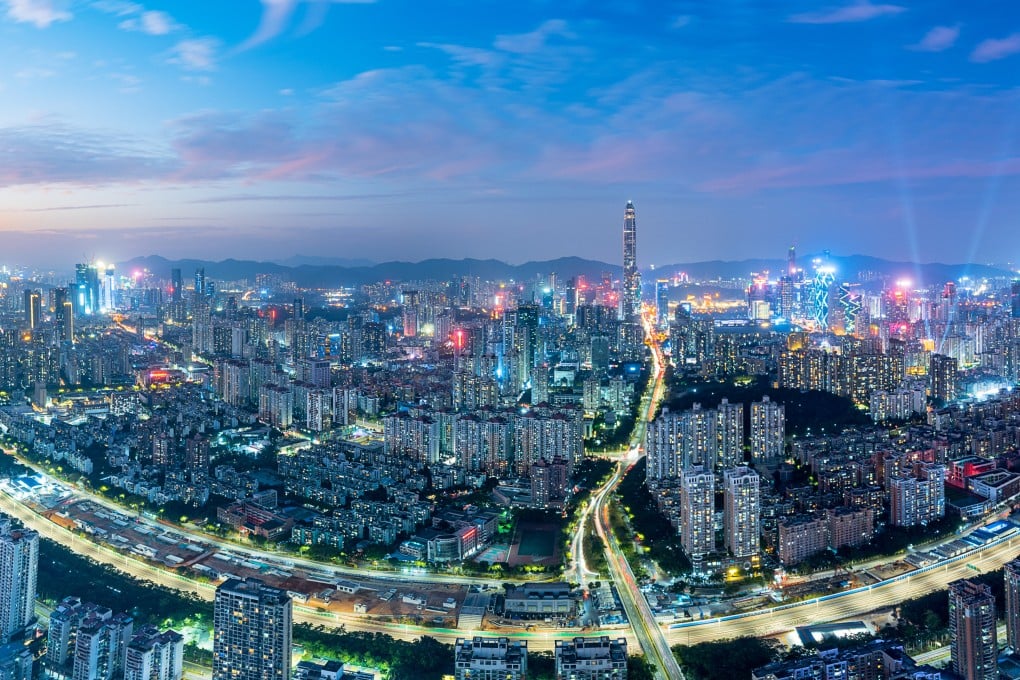China’s Greater Bay Area to lead sustainable finance, meet capital demands of decarbonisation with green bonds, loans
- The Greater Bay Area leads in issuing green bonds and loans nationwide, according to speakers at a GBA forum
- Favourable policies and increasing awareness of social responsibility are driving the momentum of green development in the region, experts say

China’s Guangdong-Hong Kong-Macau Greater Bay Area (GBA) is expected to continue its leading role in the country’s decarbonisation and green-finance efforts by facilitating financing for sustainable development, experts said.
The GBA is leading the nation in green and sustainable finance, as its issuance of green, social, sustainability and sustainability-linked (GSSS) bonds almost doubled to 56.76 billion yuan (US$8 billion) year on year in the first quarter of this year, according to Kevin Yang, vice-president of the Hong Kong Green Finance Association, citing data from the HSBC GBA ESG Index.
Hong Kong, Guangzhou and Shenzhen in particular are driving the trend, as green loans in Guangdong province and Shenzhen jumped 53 per cent and 44 per cent, respectively, year on year, in 2022, compared with 39 per cent nationwide, Yang said during the SmartHK Forum in Guangzhou on Wednesday.
“Hong Kong has always been an international financial centre,” said Kenneth Hui, executive director (external) of the Hong Kong Monetary Authority. “It can guide more international green funds to invest in the mainland’s [green] projects, as in the next 20 to 30 years China needs to have much capital input to reach its decarbonisation goals.”

The GBA can support the nation’s overall sustainability goals by combining the strengths of Hong Kong as a financial centre and Shenzhen as a technology centre, Hui added.
